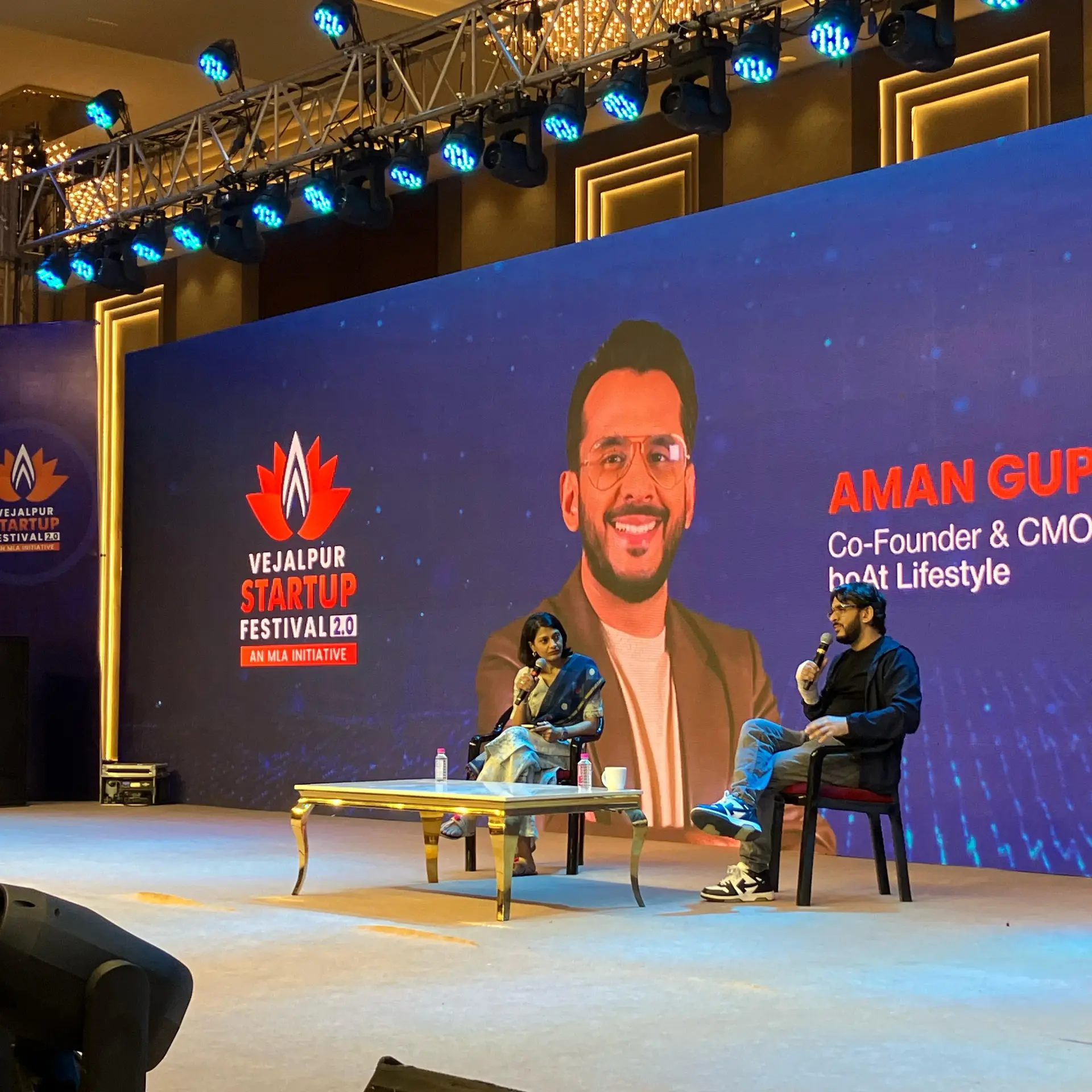What can marketers do when consumers switch personalities as they browse, communicate and shop online
New-age marketers are grappling with a new-age problem. A consumer’s behaviour and persona changes depending on which social media or content platform she is browsing on. If the marketer does not use the right messaging for the right channel, they get punished by the consumer.
Key takeaways
- Rise of smartphones has led to consumers assuming different personalities depending on what they are doing online
- Brands have to be aware of which consumer persona they will encounter depending on the channel (like Facebook, or Twitter)
- Traditional segmentation by age, gender, income and location do not work anymore
- Segmentation by aspiration, occasion and behaviours could be more relevant
- Analytics should not be passive, it has to be active resulting in immediate sales
Take the case of Sushmita Sengupta (name changed). A successful mid-career media professional living in Mumbai, Sushmita is in her early thirties. She uses Facebook to micro blog about her travel experiences, Twitter to discuss about social ills, and buys at least a pair of footwear every month online. She was spending a lot of online time last month to research cars, not for herself but for her brother who has now bought one. She has also been researching how to keep her knees injury-free as she is training for the marathon and also is studying Western classical dance.
Sushmita has been leaving hundreds of invisible footmarks as she journeys across the internet every single day. Marketers have access to this rich and valuable data. Yet, they won’t know that she was researching cars for her brother. All they know is she was looking at cars and now she has stopped. If they bombard her with car ads on Facebook as she is trying to type up her latest travel micro blog, it will be a waste of money. Her search history and browsing history on online stores reveal that she has been looking for running shoes. Link that with her research for keeping her knees safe and a marketer can show her an ad for running shoes that provide extra support. But on which channel—Facebook, Twitter, Google, or direct emailer?

These are just some of the questions that marketers have been grappling with in recent times. It is almost as if there is too much data available.
What has changed over the last five years is digitisation at mass scale. We are able to capture the digital body language of consumers. What has also happened thanks to the smartphone is the rise of consumer parallelism—consumers have different avatars as they shift channels. They have a social avatar, a shopping avatar. On the same day as they move from one channel to the other, their avatar too changes. How do you respond to these multiple avatars is the big question,” says Kamini Rupani, Chief Marketing Officer of marketing technology company Netcore Solutions.
Netcore launched a full-stack, omni-channel marketing automation solution last year. It tracks customer behaviour across channels and provides analytics including suggestions for what message needs to be shared through which channel for a specific type of consumers. Netcore just launched a service arm as well, where a team of data analysts help clients make sense of the data thee platform generates.
End of demographics
The reason why this one-consumer-multiple-avatars is a challenge is because traditional demographics don’t apply in many cases. Marketers for years have relied on bracketing consumers according to age, gender, income, location and other similar parameters to bombard them with the ‘message’.
Demographics, to some extent, is dead. The old segmentation, according to age, gender, location etc., don’t work. Now the type of segmentation we do could be ‘wannabe age group’, ‘I have done it all’, ‘I am struggling in life’,” says Sirisha Tadepalli, Marketing Director of lingerie company Zivame.
Mohit Goel, Director of Marketing (Digital and Direct Channel) at Exide Life Insurance, says in his category age and gender still matter but smartphones have made location almost irrelevant. “Location is now replaced with the kind of device they own. For instance we got a consumer from Karimnagar (in Telangana) for unit-linked insurance. Traditionally, we would never have marketed such a product in that location,” says Mohit.
When age and gender are no longer relevant, how do marketers segment? Kunal Sakaria, Head of Analytics at Netcore, gives the example of a Middle East-based job portal, a client of Netcore. For this company (Netcore declined to share the name of the company due to a non-disclosure agreement) segmentation now is on the basis of behaviours like how many times a user has clicked on email communication regarding job openings, number of logins in a certain number of weeks and browsing pattern on the site. Communication campaigns are then tailored accordingly.
While digital has led to a tsunami of data, brands still struggle to understand who is actually making the purchase or who makes the decision. Zivame’s Sirisha says there are many instances of the mother buying innerwear for the daughter and vice versa, along with many instances of husbands buying lingerie for their wives as gifts. Exide’s Mohit shares that 30 percent of insurance policy holders were women but the husbands were the decision-makers. So while technically the woman is the customer, the brand and the marketer need to target her husband in the marketing.
Omni-channel presents its own set of problems and advantages. Navneeth Shanmugham, Head of Analytics and Business Intelligence at Arvind Internet, reveals the company collects over 530 data points of a single customer online and offline. “If we collect data only offline or only online, the error rate of the analysis we do would be higher. By combining online and offline data points we reduce error rate,” says Navneeth.
The challenge for analytics
Veerchand Bothra, Chief Innovation Officer at Netcore, says the challenge for analytics is to take decisions based on data points, keeping the above issues in mind, and convert them into actions that lead to a sale. All this in real time while a consumer is browsing on the brand’s site.
I have many micro moments captured in data. I have to analyse the data and react in real time. Capturing and analysing data isn’t enough, there needs to be a campaign strategy that gets triggered due to the analytics,” says Veerchand.
His colleague, Kunal, adds that analytics is not passive anymore, it is active and it leads to sales immediately. So how are brands navigating this minefield of data and converting browsers to consumers?
Sirisha gives an interesting example. A Zivame buyer might have consistently made traditional purchases. But their insights show that if this same woman is in a setting where she doesn’t have anyone around her who will judge her, then she is willing to experiment. They call this the ‘Goa wardrobe’. Sirisha uses data to find that set of her user base that is planning a beach vacation and targets them with the appropriate set of products. Same principle is applied to those attending weddings.
What is also important is to use the right channel for the right message. Sirisha says they marry the customer’s channel preference with message. For instance if a customer prefers Facebook then the company gives a marketing message in the form of a video (as video works well on Facebook) and follows it up with an email campaign.
Arvind Internet’s custom clothing portal Creyate’s customer profile is made up of High Net worth Individuals (HNIs), with average bill values in the Rs 26,000-Rs 30,000 bracket. Navneeth shares that when they tried sending Facebook, email or SMS messages offering discounts they saw very few conversions. “We sent then personalised handwritten letters from our CEO with small gifts like a cuff link or a pocket square. We didn’t say come back and shop with us or offer them a discount but the conversions were much higher,” says Navneeth.
Exide’s Mohit says the company found the same customer consumed marketing messages on Facebook but took to Twitter to complain.
About 30 percent of all digital complaints we got were through Twitter. We developed a Twitterbot. We automated service experience on Twitter,” he says.
Why so much focus on messaging and segmentation? One, as mentioned earlier there is just a lot of data available online and brands can actually track the impact of campaigns unlike in the offline world. Two, linked to the earlier point, spends on digital marketing is going up. India’s digital advertising spend grew 42.9 percent to Rs 7,315 crore in 2016, according to Pitch Madison Advertising report. While the TV pie is much larger at Rs 18,831 crore it grew only 9.1 percent over 2015.
A lot of money is also being spent on data analytics—it is already a $2 billion market in India and is expected to reach $16 billion in 2025—as brands hope it will provide actionable answers to their question of how to get the consumer to buy.
As digital channels provide more data points, it has also made consumers even more complex beings for brands. Analytics will have to work harder to keep abreast with customers.







